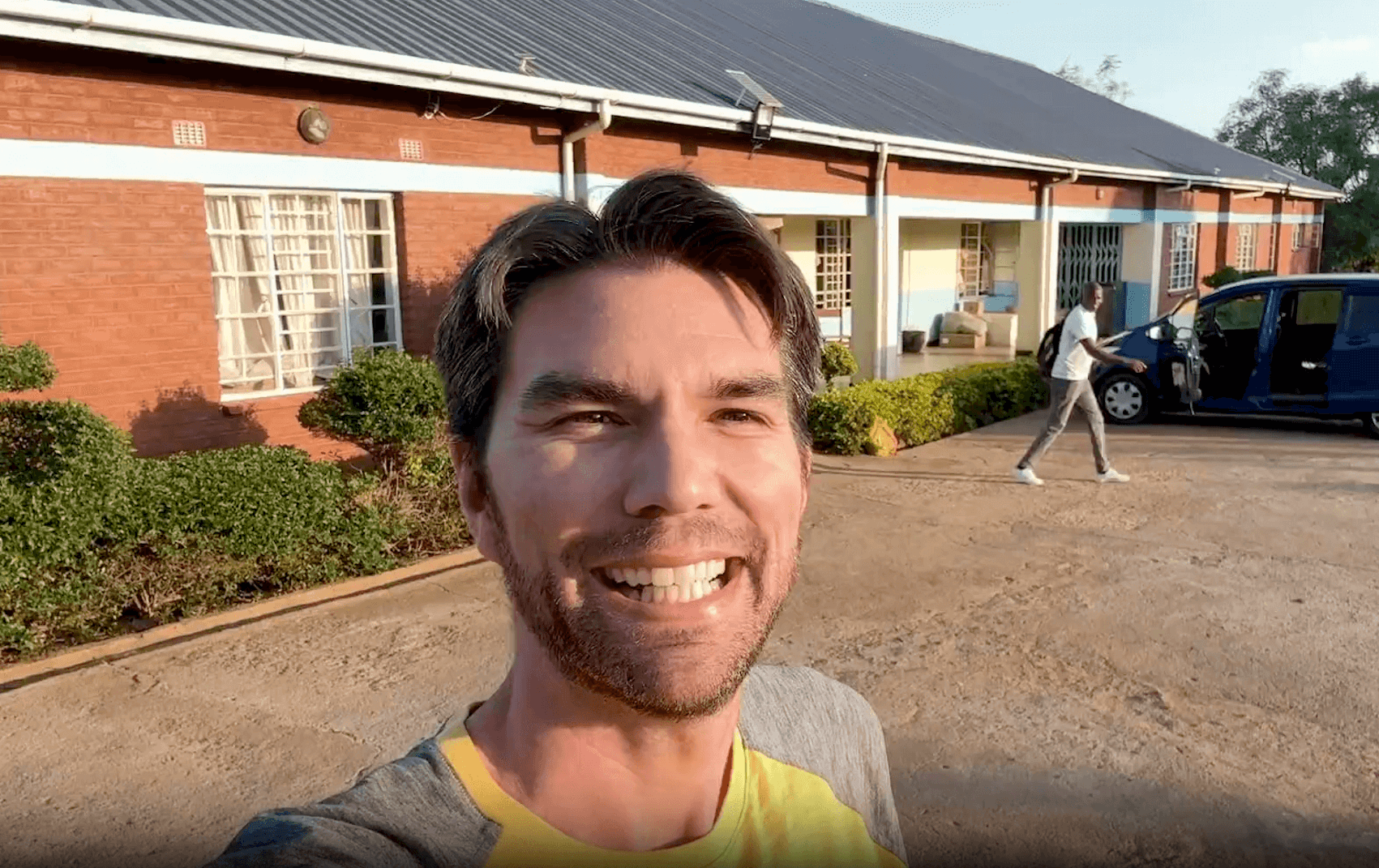Three Tips For Large Campaigns
Three story-telling techniques used by our partners to help ensure large project success

DonorSee connects people from all over the world who want to do good. We recognize that there are a wide range of actors across the charitable ecosystem that can make a difference, if only equipped with the right tools, support and connections to do so. Our latent impact is exponentially multiplied when we work together.
Because DonorSee was built to strengthen relationships between donor and partner, you may have noticed that our most successful projects emphasize personal connection, and use video to provide the most vulnerable with a platform to share their story with like-minded supporters.
However, many of our partners run into quandaries when they decide to post a large capital campaign. Without an individual focus, projects are at risk of stagnating when introduced to donors- despite their capacity for broader reach and impact at scale. If you haven't already checked out our big post on big projects, we recommend you take a look over there during the initial design and launch phase of your appeal, but maybe you still have some more questions.
While we acknowledge that many donors on the platform find personal stories quite resonating — we certainly don't want these preferences to limit what our partners can achieve in the field. Rather, we encourage our partners to leverage the platform strengths when creating and marketing their large campaign — and we’re here to show you how. Are you trying to set up a new ward in a hospital? Provide food support to 5,000 families? Support a family preservation and reunification program with formula milk? Fight malnutrition in Liberia? We’re excited to share that ALL of these large campaigns were successfully funded on DonorSee. Below, we have distilled three story-telling techniques used by our partners that you can use too, to help ensure your next large project is a success!
1. Who says you can’t focus on an individual?
Jenny had the ambitious goal of supporting a malnutrition clinic in Sierra Leone. She wanted to offer free treatment to those in need by employing mobile community health workers who could identify those most at risk and direct them to the necessary resources. However, instead of creating a campaign with impersonal information that outlined the impact community workers might have, Jenny introduced donors to a specific child, and family who could greatly stand to benefit from this program. By showcasing how the clinic could help just one young family and child improve their quality of life long-term, Jenny was able to build momentum within her campaign — connecting donors with an individual story that encapsulated why this was important. The clinic she has raised money for now employs health workers who can identify acute malnutrition in children before it becomes severe — during a very crucial time of development and growth.
2. Consistent updates
Tight feedback loops are critical when courting and stewarding donors. Whether it’s a simple text update, or a more detailed video sharing the progress of your project- ongoing communication is key! Smaller projects allow for shorter feedback loops and more instant results, but when you post a large project it can be difficult for a donor to attribute how his or her donation is really making a difference. You can change this though.
As your campaign advances, consider sharing ‘milestone’ posts that provide your supporters with more specific insight into how everything is going. While social media can flatten the complexity of an initiative, it can also add dimension to your appeal — allowing you to draw back the curtain, and share all of the messiness and hard work that a project entails.
Your supporters are some of your biggest advocates and want to understand the whos, whats, and hows of a campaign — by highlighting your honest efforts and all of the challenges you face, your bond can grow stronger. Showcase the work that everyone has put in — highlight the team and every individual responsible for propelling your project forward.
When Dr. Mikey and Margot were raising funds for a new COVID ward in Liberia, they shared several mini-updates on the progress and even surpassed what they originally aimed for! Dr. Mikey even conducted an interview with Gret that helped provide greater insight into the hospital, its staff, and the work it does — adding richness to the original campaign and allowing people to feel further connected to the cause.
3. Gratitude posts
Donor fatigue is real so make sure you share a dimensional and nuanced account of your projects. Don’t only portray needs and solicit donations —celebrate wins and successes with your base at a fair cadence too.
In order to ensure that you keep your supporters feeling valued, make sure that you balance appeals with results reporting. Share day to day updates that help donors feel a greater sense of accountability and connection with your project. Link updates with previous successes to create a more variegated picture of the community. Every story has its share of hardships — so it’s important not to paint a one dimensional picture. Lows are complimented by highs — the life of a person is always in flux and should never be represented exclusively by the challenges they face.
If you have any more tips or would like specific coaching on how to make your large project a success, email teressa@donorsee.com




